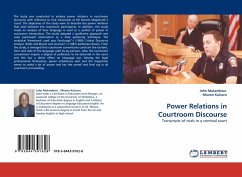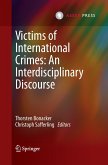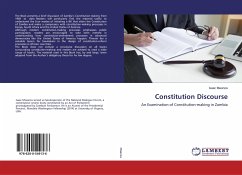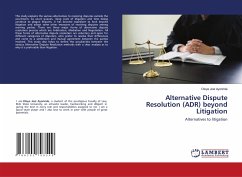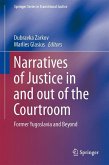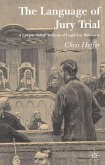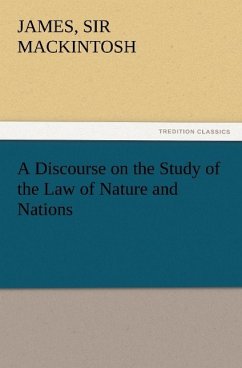The study was conducted to analyse power relations in courtroom discourse with reference to trial transcripts at Mt Darwin Magistrate s Court. The objectives of the study were to describe the power relations that exist between the courtroom participants. In addition, this study made an analysis of how language is used as a symbol of power in courtroom interactions. The study adopted a qualitative approach and used participant observation as a data gathering technique. The analytical framework used was Fairclough s (1989) Critical Discourse Analysis (CDA) and Brown and Levinson s (1987) politeness theory. From the study, it emerged that courtroom conventions constrain the content, form and style of the language used by lay persons. Also, the courtroom conventions impose a degree of politeness to be observed in the court and this has a direct effect on language use. Among the legal professionals themselves, power imbalances exist and the magistrate seems to wield a lot of power andhas the overall and final say in all courtroom proceedings.
Bitte wählen Sie Ihr Anliegen aus.
Rechnungen
Retourenschein anfordern
Bestellstatus
Storno

